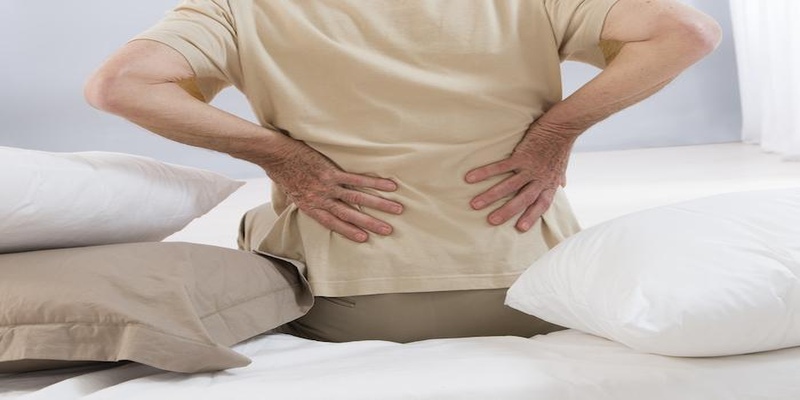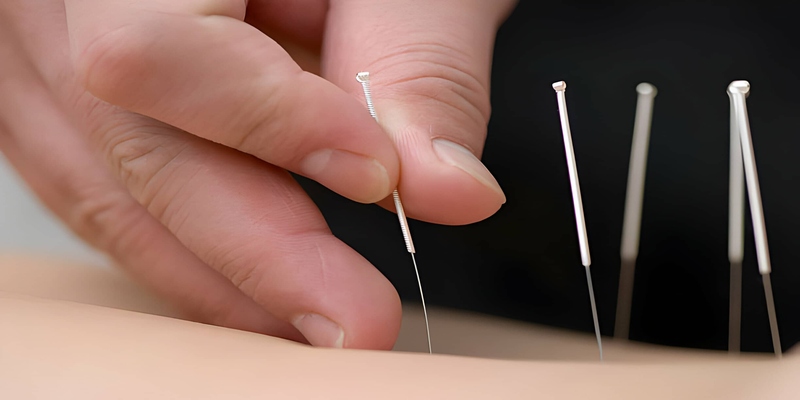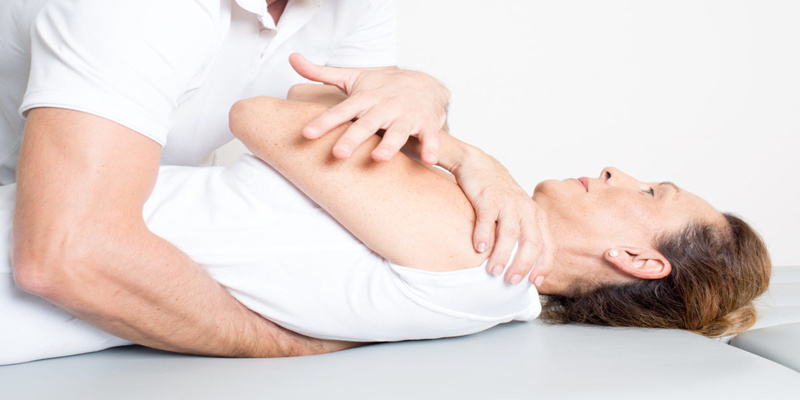Are you drained and distressed due to the continued feeling of pain? Well, I know this feeling. Sometimes, the causes of your discomfort are unclear, and it could even make it more difficult for you to go about your daily business.
There are examples when pain serves a purpose; for example, it may notify us that we have sprained our ankle. However, discomfort might last for months or weeks for many people, leading to unnecessary suffering and a lower quality of life.
You should be aware that you are offered more therapy options than ever before if the pain has outstayed its welcome. Below are the 8 great pain relievers you aren't using, so continue scrolling to learn more about them.
8 Incredible Ways to Treat Your Chronic Pain Right Away

Do you often wonder, How to relieve pain without pills? Then, you came to the right place. Below, you will find incredible ways to treat this condition of yours, so let's delve into it.
Mindfulness
Being mindful is not merely a trendy term; it has been around for a while. Mainstream medicine is gradually incorporating mindfulness, which is based on age-old meditation techniques from Eastern cultures, to treat severe pain.
Research supports the many advantages of learning to slow down, connect with your surroundings, and tune into your body. These benefits include a reduction in stress, severe discomfort, and even the symptoms of sadness and anxiety. Additionally, it can heighten sentiments of well-being and self-awareness.
Pain Reprocessing Therapies
The concept of the therapy is that people may genuinely teach their brains to turn off chronic pain with specific training. The first things that patients learn are about the reversibility of pain, the toxic stress-fear cycle, and how the brain responds to pain.
They can observe pain differently, no longer experiencing dread or apprehension but watching it with interest and nonjudgment. PRT instructors will assist people in addressing emotional obstacles such as challenging relationships and harmful self-criticism that can elevate perceived threat levels and intensify pain.
Particularly for pain catastrophizingbelieving that your suffering is awful, uncontrollable, or that it will never endthe treatment is also beneficial. You can overcome these kinds of thoughts by using pain reprocessing because they are just thatthoughts.
Tai Chi and Qigong
It is only partially known whether tai chi and qigong lessen chronic pain, even though the practices are usually regarded as safe and have numerous scientifically supported benefits.
According to experts, the profound relaxation these activities can promote may help release muscle tension, increase feel-good endorphins, and soothe the nervous system.
Overall, exercise improves blood flow and relaxes tense muscles, lessening discomfort. The methods have been shown in clinical trials to alleviate rheumatoid arthritis, osteoarthritis, fibromyalgia, and persistent low back pain.
Acupuncture

This therapy is for you to try if you are thinking about how to reduce pain and discomfort. An analysis of numerous trials testing acupuncture's efficacy in treating chronic pain revealed that the treatment is successful, that its effects last over time, and that the placebo effect cannot account for its advantages.
Additionally, the procedure is often regarded as safe. It can be used to soothe joint pain, chronic back pain, and even migraines and headaches. The patient lies or sits on a table during an acupuncture treatment, usually in a soothing, dimly lit environment.
But dont worry; the needles shouldn't hurt too much, and where they are inserted will rely on the location that hurts. In fact, most patients find the procedure to be soothing.
Physical Therapy
Physical therapy, or "PT" for short, is a commonplace, active treatment that aims to lessen pain by restoring strength and movement in people with chronic pain.
For example, to aid with low back difficulties, a physiotherapist could assist you in strengthening the muscles surrounding your core.
To help block pain signals, improve blood flow for healing, and stimulate the release of endorphins, they may additionally employ other methods like massaging or TENS treatment (transcutaneous electrical nerve stimulation).
Physical therapy works well for addressing back problems, sciatica, knee and joint osteoarthritis, fibromyalgia, and even pelvic pain brought on by gynecologic cancers.
Additionally, it can make those who are afraid of moving feel more at ease and secure when exercising, which has several positive effects on both the body and the mind.
Chiropractic Therapy

Chiropractors are often highly recommended by those who have experienced pain relief through their treatments.
To increase the range of flexibility and physical function as well as to correct alignment, this physical therapy involves treating the spine and occasionally other body components.
Practitioners contend that correcting spinal alignment helps the body heal by relieving pressure on its nervous system, lessening chronic pain. Musculoskeletal problems have been treated successfully using this approach. The evidence for lower back pain is more important.
Patients with osteoarthritis causing back and hip pain, as well as those who have multiple sclerosis (MS), might find it helpful. Active cases of ankylosing spondylitis (AS) should not be used.
Cognitive Behavioral Therapy (CBT)
You might be surprised to hear that cognitive behavioral therapy, or CBT, is also helpful for chronic pain. CBT is a mainstay of modern talk therapy. Cognitive Behavioral Therapy (CBT) enables individuals to recognize harmful or unproductive beliefs and swap them out for helpful ones.
Stated differently, patients learn to reduce their felt pain by changing their viewpoint and point of view. If this needs to be addressed, this can lead to a feedback loop.
Even a year later, people who underwent three months of CBT combined with yoga and exercises for breathing reported less pain. They also saw gains in their capacity to finish daily duties and in their sleep quality. Additionally, you'll learn about acute pain management techniques.
Biofeedback
The basic concepts of mindfulness-based stress reduction and biofeedback are similar. Using several gentle sensors affixed on the body, the technique used to teach you how to control pain mentally might help people become aware of their reactions to stress or discomfort, such as rapid breathing or tense muscles.
Then, when these reactions threaten to worsen pain, a therapist may teach you how to stop them or turn them around, relieving both physical and mental discomfort.
It has shown promising results using this therapy in treating chronic pain. Along with back, knee, and throat pain, it also relieves headaches and migraines. It helps with anxiety and depressive symptoms, in addition to lessening the severity of pain.
Conclusion
That is all you need to know about 8 great pain relievers you aren't using. There are numerous advantages to naturally reducing pain and inflammation. However, if you have significant pain, some might not work for you.
Therefore, before beginning any form of therapy, it's essential to consult a doctor if you're suffering from discomfort. If you are looking for an alternative pain treatment, integrative medicine practitioners doctors trained in alternative therapies, can be an incredible fit.
Before incorporating supplements into your regimen, it's also essential to speak with your doctor, particularly if you are suffering from underlying medical concerns or are currently taking other prescriptions.







